You’ve been playing volleyball for some time now, and you still are not seeing significant improvements. Your serve is falling short of passing the net, and your bumps are bumping out of bounds. The frustration causes you to ask, “how long does it take to become good at volleyball?”
Satchel Paige, Major League Baseball pitcher, once said, “Never let your head hang down. Never give up and sit down and grieve. Find another way.” Instead of being aggravated and quitting because talent development takes a bit of time, find another way. Look at the problem in a new light, one which shows glimmers of hope.
When asking how long it takes to become good at volleyball, a better question is, what is your level of commitment? What is your tolerance for practice? What natural skills do you possess? With so many factors impacting your progress, there cannot possibly be a set number of years. That said, some aspects are in your control.

How to get better at volleyball
Practice, practice, practice!
The more you practice, the better your chances at improving your game. Don’t aim for perfection – let’s face it, even the pros make mistakes sometimes. So set realistic goals to work towards during practice and games. If your spiking is weak, set a personal goal to improve your spiking, and work on your technique. Once you’ve got your technique down, challenge yourself by aiming for different spots on the court, or to work on hitting around the block. A lot of players find line shots more challenging (when you hit the ball straight down the side boundary), so try to work on developing this skill.
Click Here for How to Practice Volleyball by Yourself
Support your teammates
It may seem odd to suggest supporting your teammates to improve your own game, but volleyball is a team sport, so the stronger the players on your team are, the stronger your overall team is. Volleyball isn’t about just athletic skill, it’s also about being a strong teammate. There are many times when a volleyball team get’s down during a game, and a great skill is to be able to swing that momentum back upwards. Show leadership on the court by playing hard and staying positive through the touch times. Trust me, it also makes the game more fun overall!
Click Here for How to Be a Good Bench Player
Commit
The more serious you are about improving your game, the more likely it is that you’ll actually get better. If the only time you wish you were better is after a rally when you’ve lost a point, then you’re not committed enough. If you really want to get better, you’ll train outside of practice and during the offseason, you’ll eat more nutritiously, and you’ll learn more about the game itself. Even watching other players is a great way to pick up some tips and pointers.
Play to your advantage
If you’ve been playing volleyball for a while, you’ll know that there are different positions on the court. Most players naturally gravitate to some positions. For example, taller players tend to play as middle hitters, because their height is an advantage for both hitting and blocking. Similarly, you’ll often see the defensive libero position is a shorter player, who often tends to be more agile and fast. Note that this isn’t always the case, but generally speaking.
Take a review of your natural athletic abilities, and try to choose the position you are most suited for. That doesn’t mean you’re stuck playing that position forever, but it will give you an advantage as you’re learning.
Click Here for A Simple Guide to Volleyball Positions and Rotations
Get advice on how to improve
If you’re really serious about improving your game, get some impartial advice. Ask your coach, or another player whose advice you respect. Be ready to hear some constructive criticism, and don’t take it personally! Being a good player means being coachable. In other words, hearing ways that you can improve. Implement the advice, but don’t expect it to stick right away. You need to keep practicing until it becomes second nature.
If you don’t have a coach or another player you can ask, you can record yourself and watch yourself playing. You might be amazed at how differently you’re playing from what you thought! Watching a recording of yourself is a great way to catch little bad habits you’ve developed, or to identify areas where you can improve. It’s also a great motivator, when you watch it months later, to see how far you’ve come!

Off-season training
If a season lasts three to four months, it is not reasonable to think practicing how to switch from Netflix to Prime quickly will translate to changing from blocking to digging. What you do in the off-season impacts your volleyball growth quicker or slower than your peers.
Mental health
A tough season yields a temporary break from volleyball. That doesn’t mean to stop working out. Mix up your regular work out. Maybe focus on yoga, gym classes, spinning, or even some long bike rides instead of volleyball. By leaving the season and going straight into regular volleyball training, you give yourself no time to reflect, relax, and recharge. This is a sure-fire way to ensure burn-out. Allow ease to your workouts and take time to visit those you have not seen in a bit.
Signs of burnout
The following is not intended to be a complete list. Some of the below signs may indicate you are experiencing burn out. They could also be symptoms of something more substantial, so consult medical professionals if necessary.
- School or sports performance decreasing or lack of enthusiasm
- Persistent pain or increased injuries
- Mood changes or depression
- Fatigue or sleep changes
- Difficulty with routines previously completed
- Changes in appetite or weight
Goal setting
Most athletes have at least heard about goal setting. Reflect on your season. What went well, and what did not? Was there a particular skill you struggled with the most? What do you think is holding you back? Are you hoping to make a specific team or be a key position?
When you identify what you want out of volleyball and what you feel you could improve upon, your off-season training becomes more focused and less haphazard. Look into camps focusing on the skills needing developing. If it is a mental game, download podcasts on the internal preparation of athletes. If it is merely your athleticism, talk to your coaches or trainers about workouts or private lessons.
When you identify your goals, you pinpoint what to do to reach them. Without this, you may as well plan a cross country trip with no map or GPS. You are leaving your fate to the road that just happens to be in front of you.
Strength training
Plyometrics and strength training will help build up the off-season’s muscles to prevent you from getting injured during the season. Plyometrics focuses on the jumping aspect of your game. Exercises like squat, hurdle, and tuck jumps, frog leaps, high knees, and wall throws with a medicine ball are all plyometric exercises. Resistance bands can be added to increase the intensity. Working with a trainer enables you to key in on how often you should be doing these types of exercises to avoid overtraining and injury pre-season.
Joining a club or a rec team
One of the most straightforward things you can do during the off-season is simply to join a club or a rec team. As mentioned earlier, if you are experiencing burn-out, then maybe this option is not for you. However, if you are fresh off the season and ready to keep going, look into local clubs.
By playing with another team, a few things happen. First, you gain experience. This is key for testing out new techniques and working through issue spots. The more experiences you have, the quicker you will see vast improvements.
Second, you are likely going to be playing with a new team of people, which is crucial for becoming a well-rounded player. By only encountering the same people, when you have a new teammate, you may not know how to read them to adjust to their style. If you move or try out for a new team, you need to mesh with that team and their style. By playing with a variety of people, you gain skills allowing you to adapt and read players.
Finally, learn from your new coaches. You may love your current coaches and believe they have the best tips out there. The truth is, every coach has their own set of tricks for teaching skills. What you struggled with while playing this current season, a new coach may have the magic touch in explanation. For some reason, the way this coach describes the exact same skill may simply click with you. Further, you could find a new coach who brings about technique advice you have not yet come across. Take this new advice and your developed skills to your team when you return next season. Click here for How to Find a Recreational Volleyball league in your Community
Some players worry they are being disloyal to their team by joining a different one in the off-season. That is not the case. By working to improve your skill, you only succeed in driving your team to a higher level during the season. Coaches of sound caliber will not be insulted by you joining another team in the off-season.
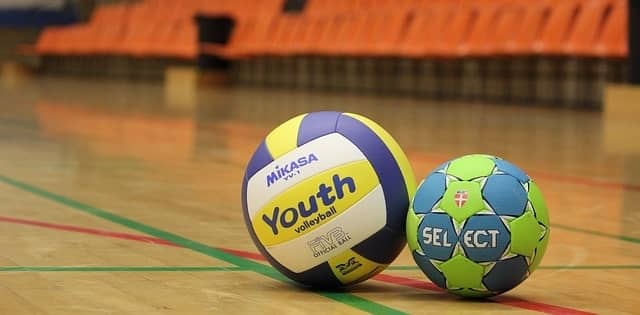
Youth Development Timelines
Depending on your age, volleyball skills may be hindered by your natural development. Youth are not small adults. Their abilities are maturing along with their understanding of the mechanics of the game. Factors such as coordination and balance and growth spurts and injury potential are continually changing. This has an impact on how long it takes to sharpen your skills.
Hand-eye coordination
Starting around five months, babies begin to acquire hand-eye coordination. Until 2 ½ months, they are too near-sited to track an object. From that point until four to five months, they quickly make strides. You are not going to see babies playing volleyball, but the idea that hand-eye coordination is not a birth skill is good to remember. It will continue to grow as children and teens.
When they reach nine years old, children can use each hand independently. At eleven, these skills have the ability to be developed through team sports. By sixteen, athletes begin to fine-tune this development milestone to have quick reaction times to outside stimuli. At each stage of adolescence, players must work to develop what is not yet naturally reached. Volleyball is an excellent sport to create this hand-eye coordination.
Growth Spurts
Right about the time that hand-eye coordination starts to fine-tune with the help of sports, growth spurts happen. During these moments of stretching out, it is typical to become a bit clumsy. Bad news? Clumsiness equates to an increased chance of injury.
With balance skills thrown off, youth who may have perfected a particular skill, say blocking, now have to relearn the skill with their new body shape. Their landing may feel differently, or the ball may not hit their arms in the same spot. Imagine digging for a spike but being off-kilter and falling instead of gracefully timing your efforts.
Further, new muscle mass can throw off your serve or bump. Where once you had to use a certain amount of force to execute your hits, now that same force may cause a much larger reaction. This will likely equate to temporary delays in your accuracy as balls go out of bounds.
Growth plates and ACL
Growth plate injuries and ACL tears are some of the more common injuries associated with youth development and sports. The growth plate injuries, regularly fractures, can be caused by overuse or repetitive motions. This knowledge is especially important to keep in mind considering volleyball is a lot of jumping and landing.
ACL injuries are especially common with girls, starting around the age of 12. Due to the way girls develop versus boys, they are more prone to these types of injuries. During puberty, testosterone is higher in boys, accounting for the ability to have more protection due to increased muscle mass. Girls do not have the same protections and so the ability to be injured increases.
Should you be injured, physical therapy and rehab are going to cost you time. The time that you should have spent growing your skills will now be replaced with bandages and ice. It’s a set-back that you can recover from, but time away makes you have to work harder to catch up when you are healthy.
Click Here for Common Volleyball Injuries and How to Prevent Them
So, how long does it take to become a good volleyball player?
As you can see, there is no straight answer to this question. The time to develop depends on both controllable and uncontrollable factors. Development of body and mind come at different paces for each person. What matters most is you honestly evaluate your skills and develop goals to reach a higher level. Put the work in, change what you can, and work through what you cannot. When you focus on those aspects instead of a time frame, you won’t stop at merely “good.”
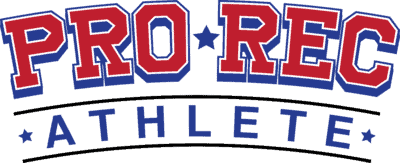
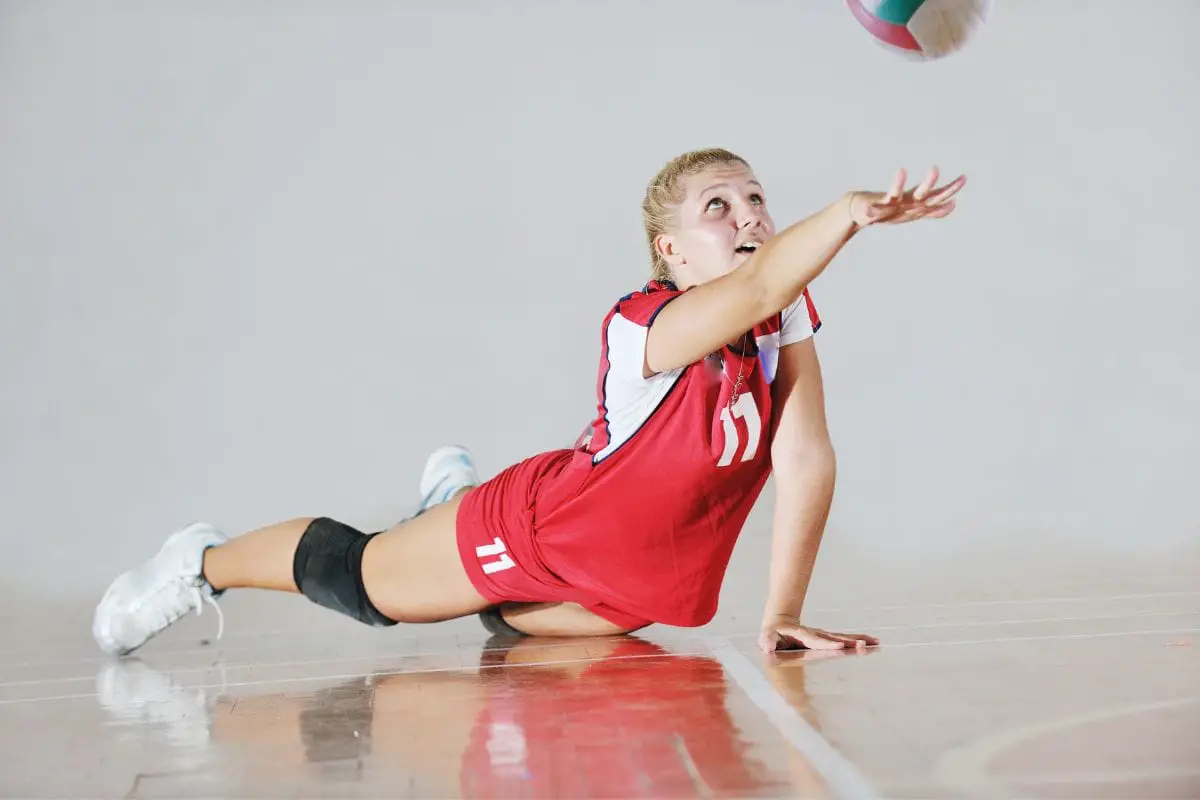
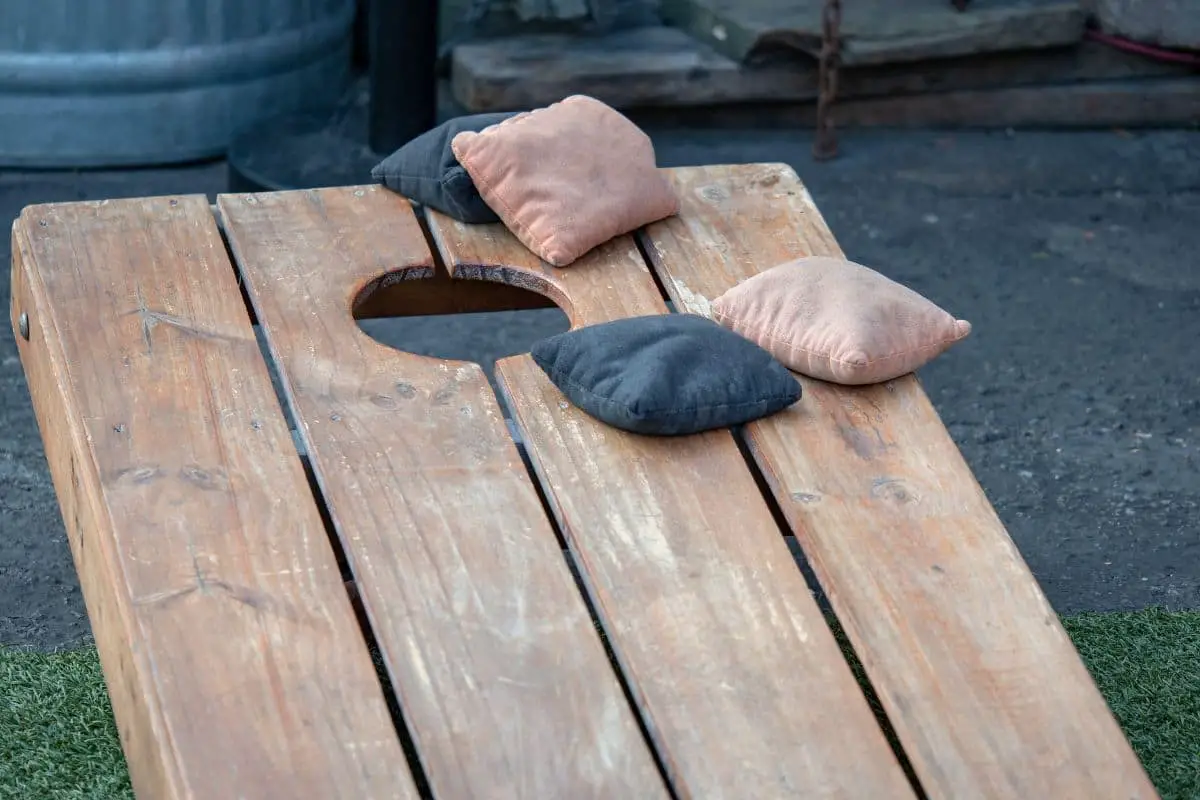
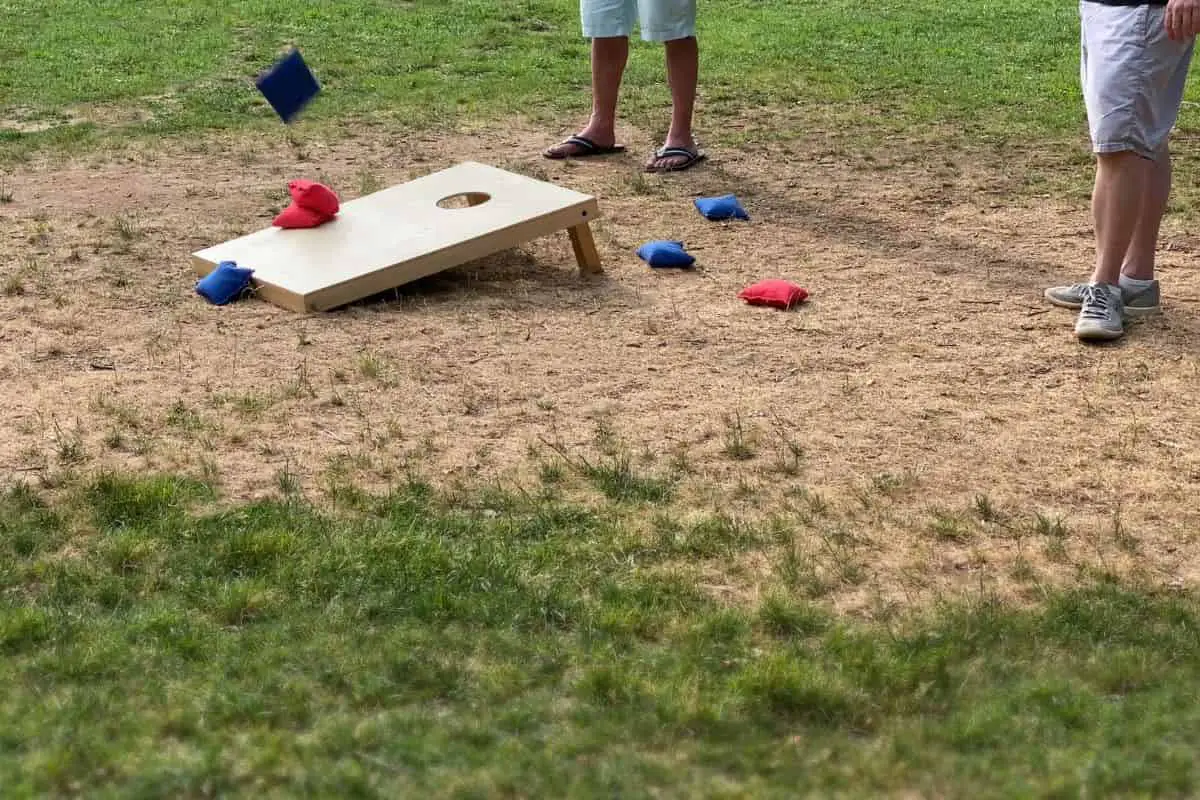
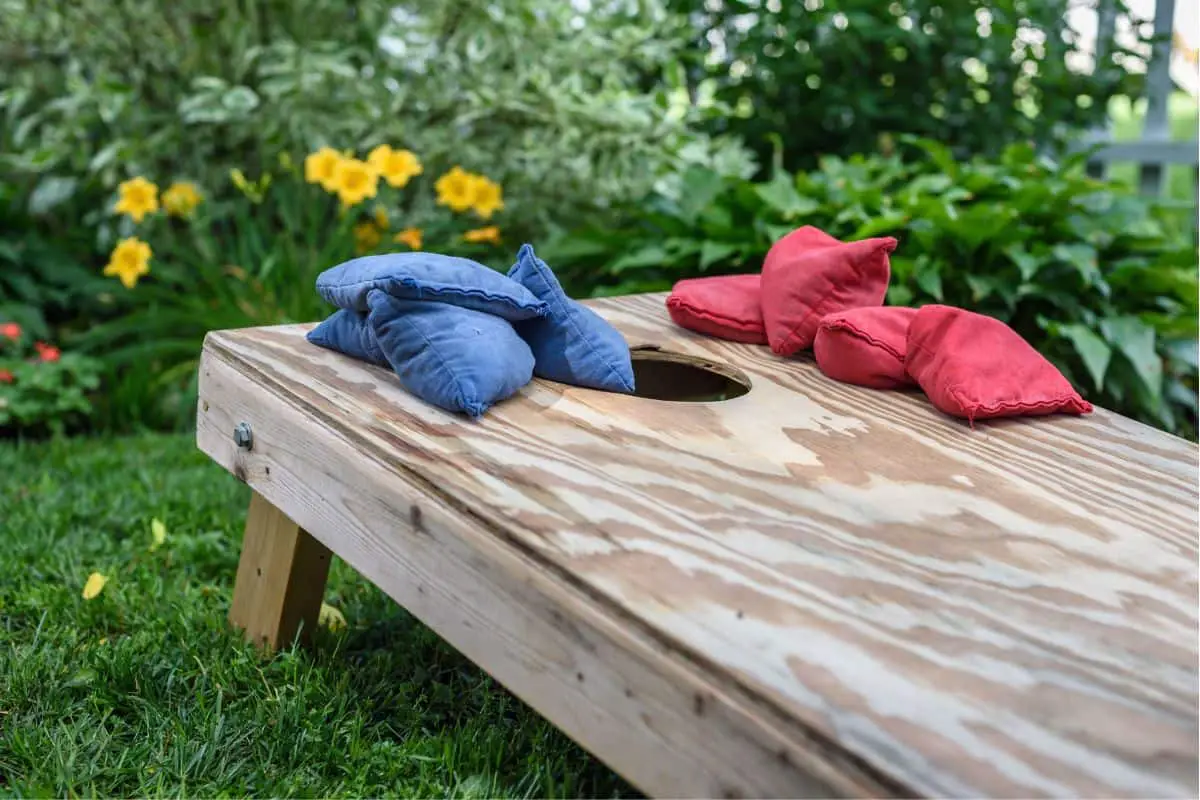
Leave a Reply
You must be logged in to post a comment.